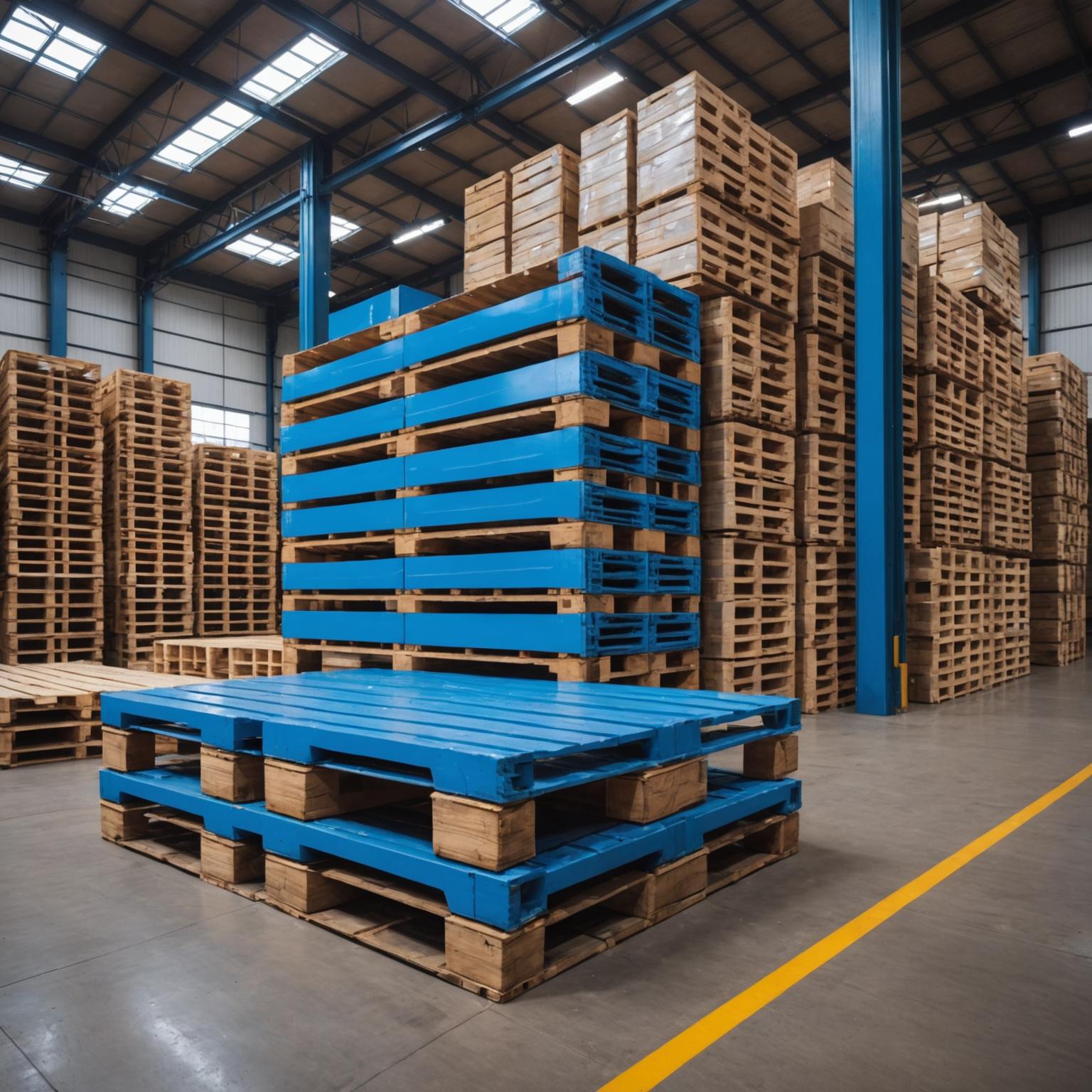The sleek, modern aesthetic of an anti-fingerprint stainless steel sheet has made it a favorite in kitchens, commercial spaces, and architectural designs. Its unique finish promises to keep pesky fingerprints and smudges at bay, maintaining a pristine look with minimal effort. However, even these advanced surfaces require proper care to preserve their special coating and brilliant shine. Understanding the right way to clean them is crucial for their longevity. This comprehensive cleaning guide will walk you through the correct methods and materials to ensure your stainless steel surfaces remain spotless and undamaged for years to come.
Understanding the Science Behind Anti-Fingerprint Surfaces
Before diving into cleaning methods, it's helpful to understand what makes this material unique. An anti-fingerprint stainless steel sheet is coated with a very thin, transparent layer, often using nanotechnology. This coating is typically oleophobic, which means it repels oils, such as the natural oils found on our fingertips. It doesn't magically make fingerprints disappear, but rather it prevents them from adhering deeply to the surface. As a result, smudges are far less visible and can be wiped away with incredible ease compared to traditional stainless steel. This protective layer is the key to the material's appeal, but it's also why a specific cleaning approach is necessary. Using harsh chemicals or abrasive materials can strip or scratch this delicate coating, permanently damaging the finish and negating its anti-fingerprint properties. Gentle, consistent care is the secret to maintaining its effectiveness and appearance.
Gathering the Right Cleaning Tools and Solutions
To properly care for your anti-fingerprint surfaces, you don't need an arsenal of expensive, specialized products. In fact, simpler is better. The most important tool in your kit will be a set of high-quality microfiber cloths—plan to have at least two or three on hand for each cleaning session. Microfiber is soft, non-abrasive, and highly effective at trapping dust and absorbing liquids without leaving lint behind. You will also need warm water and a gentle, pH-neutral dish soap. A spray bottle can also be useful for applying your cleaning solution evenly without oversaturating the surface. Crucially, you must know what to avoid. Steer clear of abrasive cleaners like scouring powders, steel wool, or rough sponges. You should also never use chlorine-based cleaners (including bleach), oven cleaners, or any products containing ammonia, as these aggressive chemicals can ruin the protective coating.
A Step-by-Step Routine Cleaning Guide
For daily or weekly upkeep, a simple, four-step process is all you need to keep your anti-fingerprint stainless steel looking its best. Consistency with this routine will prevent grime buildup and make deep cleaning a rare necessity.
Step 1: Perform a Dry Wipe. Start by taking a clean, dry microfiber cloth and wiping down the entire surface. If your stainless steel has a visible grain or brushed pattern, always wipe in the direction of the grain. This initial pass removes any loose dust, crumbs, or surface-level debris.
Step 2: Apply a Mild Soap Solution. Mix a few drops of mild dish soap into a bowl or spray bottle filled with warm water. Dampen a fresh microfiber cloth in the solution, wringing it out so it's damp, not dripping wet. Gently wipe the entire surface, again following the grain. This will lift away most light smudges, water spots, and minor greasy marks.
Step 3: Rinse with Plain Water. This step is vital and often skipped, but it's what prevents a dull, soapy film from forming. Take a third clean microfiber cloth, dampen it with only plain warm water, and wipe down the surface once more to remove any soap residue.
Step 4: Dry and Buff Completely. Immediately after rinsing, use a final clean, dry microfiber cloth to thoroughly dry the surface. This prevents water spots from forming and restores the steel's natural sheen. Wipe in the direction of the grain and use gentle buffing motions to bring out a streak-free shine. This final step is the key to a perfect finish.
How to Address Stubborn Stains and Spills
Occasionally, you'll encounter more than just fingerprints. Dried-on food, grease splatters, or sticky residues require a bit more attention, but the principle of gentle cleaning still applies. For heavy grease, you can use the same warm, soapy water solution but allow the damp cloth to sit on the affected area for a minute or two to help break down the oil before wiping. For caked-on food particles, resist the urge to scrape them off. Instead, lay a warm, damp, soapy cloth over the spot for five to ten minutes. This will soften the residue, allowing you to wipe it away without applying harsh pressure. For extremely stubborn organic stains, you can create a paste of baking soda and water. Apply a small amount to the stain, let it sit briefly, and then gently rub with a damp microfiber cloth in the direction of the grain. Always test this method on an inconspicuous area first, as even a mild abrasive like baking soda could potentially affect the finish if used too aggressively.
Preserving the Longevity of Your Finish
Maintaining the integrity of an anti-fingerprint stainless steel sheet is all about avoiding common pitfalls. The biggest mistake is reaching for an all-purpose cleaner or an abrasive sponge out of habit. These products are too harsh for the specialized coating and can cause irreversible damage. Always remember to rinse away any cleaning agent and to dry the surface completely to prevent streaking and mineral deposits from tap water. By following this careful cleaning guide and using the right materials, you protect your investment and ensure the surface remains as beautiful and functional as the day it was installed. Proper care reinforces the oleophobic properties of the finish, making future cleaning even easier and preserving that flawless, modern look. The elegance of your anti-fingerprint stainless steel is easy to maintain with just a little knowledge and a gentle touch.








